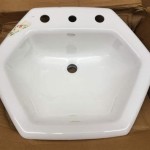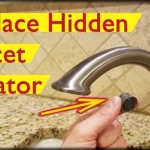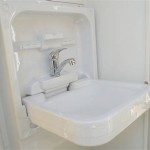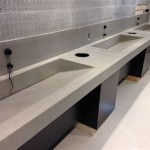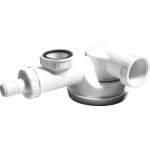Cleaning Mold Off Bathroom Ceilings
Bathroom ceilings, often exposed to high humidity and condensation, provide an ideal breeding ground for mold. This unsightly and potentially harmful fungus can cause respiratory issues and structural damage if left unchecked. Effective mold removal requires a combination of proper cleaning techniques and preventative measures.
Identifying the Type of Mold
Before commencing any cleaning process, it is crucial to identify the type of mold present. While most bathroom molds are relatively harmless, certain species, like Stachybotrys chartarum (black mold), pose significant health risks. If black mold is suspected, professional remediation is recommended. Surface molds, often appearing as green or brown spots, are generally less hazardous but still require prompt attention. Accurate identification can influence the cleaning solution and safety precautions needed.
Safety Precautions
Protecting oneself from mold exposure is paramount during the cleaning process. Protective gear, including gloves, safety goggles, and an N-95 respirator mask,should be worn. Adequate ventilation is also essential. Opening a window and using a fan can help dissipate mold spores and prevent inhalation. Sensitive individuals, such as those with allergies or respiratory conditions, should consider avoiding the cleaning process altogether and entrusting the task to a professional.
Cleaning Solutions for Mold Removal
Several effective cleaning solutions can be used to eradicate mold from bathroom ceilings. A diluted bleach solution, typically one part bleach to ten parts water, is a common and potent option. However, bleach can damage certain surfaces, so testing in an inconspicuous area is recommended. Vinegar, a natural alternative, can also effectively combat mold. Undiluted white vinegar can be sprayed directly onto the affected area and left to sit for an hour before scrubbing and rinsing. Commercial mold and mildew cleaners offer another option, often formulated with specific ingredients to target and remove mold effectively. Always follow manufacturer instructions when using these products.
Cleaning Techniques for Different Ceiling Materials
The cleaning technique should be tailored to the specific ceiling material. Painted ceilings can be cleaned with a sponge or cloth dipped in the chosen cleaning solution. Gentle scrubbing is usually sufficient to remove surface mold. Textured ceilings, however, present a greater challenge. A stiff brush can be used to work the cleaning solution into the crevices, but excessive scrubbing should be avoided to prevent damage. For drop ceilings, removing the affected tiles and cleaning them individually is often the most effective approach. Heavily soiled tiles may require replacement.
Preventing Mold Recurrence
After successfully removing mold, implementing preventative measures is crucial to avoid recurrence. Controlling humidity is key. Running the bathroom exhaust fan during and after showers can significantly reduce moisture buildup. Ensuring adequate ventilation by opening windows regularly can also help. Addressing any leaks promptly can prevent water damage that promotes mold growth. Regular cleaning of the bathroom, including the ceiling, with a mild cleaning solution can further inhibit mold development. These proactive measures can contribute to a healthier and mold-free bathroom environment.
Addressing Underlying Moisture Issues
Sometimes, persistent mold growth indicates underlying moisture issues that require further investigation. Leaking pipes, roof leaks, or inadequate ventilation can contribute to chronic moisture problems. Addressing these issues is crucial for long-term mold prevention. A professional inspection can help identify the source of the moisture and recommend appropriate solutions. Ignoring underlying moisture problems can lead to recurring mold infestations and potential structural damage.
Professional Mold Remediation
While surface mold can often be addressed with DIY cleaning methods, extensive or recurring mold growth warrants professional intervention. Professional mold remediation specialists possess the expertise, equipment, and protective gear to handle large-scale mold infestations safely and effectively. They can also identify and address underlying moisture issues that contribute to mold growth. Professional remediation is particularly recommended for black mold infestations due to the associated health risks.

Bathroom Ceiling Mold Removal When To Clean Call Branch Environmental

Cleaning Mold From Bathroom Ceilings Like A Pro Lovetoknow

Don T Let Mould Take Over How To Remove It From Your Ceiling

Cleaning Mrs Hinch Fans Share Tips To Remove Ceiling Mould Express Co

How To Remove Mould From Your Bathroom Ceiling Cleanipedia Za

Mold On Bathroom Ceiling How To Clean Off

Remove Bathroom Mould From Your Ceiling

Mold On Bathroom Ceiling How To Clean Off

Easy Way To Clean Mould Off Walls Ceilings Curtain Magic Remover

How To Clean Black Spots In The Bathroom Family Handyman
Related Posts
